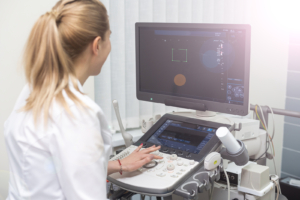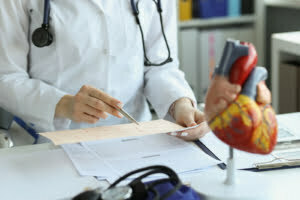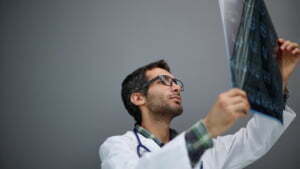
Cloud technology has an important role to play in improving the health and wellbeing of patients, according to a recent report.
The Health Policy Partnerhsip has produced a document entitled “Exploring the evolving role of cloud technology in health”, which looked at how it can transform health systems by sharing patient data.
Dipak Kalra, president of the European Institute for Innovation through Health Data, which supported the report, commented on the use of cloud computing.
He told Digital Health: “Cloud technology is a critical enabler for scaling up the use of health data to optimise health outcomes, improve patient safety, rapidly detect public health concerns and accelerate research into new medicines and medical technologies.”
It was noted the technology enables data access across organisations, leads to more efficient care, encourages a population-based approach to healthcare, enables research that can drive innovation, and supports sustainable health systems.
The report recognised several barriers to the adoption of cloud computing, including a lack of knowledge about the technology, and concerns around security and privacy.
In response to this, HPP said standards should be maintained through collaboration between cloud service providers and users.
It added that all stakeholders, which in the context of healthcare includes patients, “must be engaged in its use to optimise the benefits for individual and population health”.
For more information about cloud medical image storage, give us a call today.








